Whenever rumblings of a new Nintendo console come out, and a stream of delicately planned news follows, I find myself rooting for the next Nintendo runaway success, a point in time when I can take a proud stand in front of all the Nintendo pessimists. This is our time; the Nintendo of old has returned.
My mind rummages through sequences of childhood pleasure from playing a 3D Mario adventure, squeezing the B button just that much harder to get DK to roll onto the next Kremling, and listening to the deep pounding sounds of the soundtrack in the Facility level from Goldeneye. I begin to think back on Nintendo’s rich history as a games company, a hardware producer, an artisan software maker, and an expert at crafting fun.
But, should I temper these expectations? For years now Nintendo hasn’t really appeased its old-school fans, just led the games industry forward without necessarily leaving a trail of the magic it once had in its wake. What if us old-school Nintendo fans, those who experienced the Nintendo of the ‘80s, ‘90s, and the early 2000s, are just holding onto something that was, and continue to blindly expect the best, no matter how many disappointments are had after the initial boon of a departed Nintendo.
I suspect that these expectations aren’t something felt by younger gamers who grew up during Nintendo’s Wii era — they never felt the resounding success and ubiquity of the Nintendo brand as one touted by core gamers.
With the recent news of Nintendo’s next console, The Switch, I am certainly excited for the new direction taken by the company’s fresh president, but I think it’s important that us old-school fans take a step back to ponder why it is that we can’t let go of our first love. We should explore this inability to let go of a past that may never return, a folly on our part that is driven by the hopes of a second coming.
The Plain Truth
To begin, old-school Nintendo fans are purists. We know what we like, and we know when a piece of Nintendo hardware or software delivers it. The best word to describe that certain je ne sais quoi that Nintendo wields is magic — the beloved company poured what is known as Nintendo magic into our youthful years. Nintendo has a certain magic about it that is hard to describe, but when a product of theirs has it, we know it.
And because of that sensitivity to Nintendo’s magic, we demand it all the time. Yes, it is often argued that one of Nintendo’s greatest shortcomings is that they deliver games that aren’t a part of a new IP, they just resemble and refine old experiences. But then we turn around and lose our overalls when a new Zelda game is teased. Tell me, if Retro Studios announced a new, expansive Metroid game in the Prime universe, wouldn’t we all lose our minds? I’m hard pressed to believe otherwise.
Nostalgia is funny that way. It drowns us in thoughts of what could be and what we hope to be, and measures it against what once was, leaving a mark of anxiety if our longing is not fulfilled. Yet, no matter how many foibles Nintendo may face, we always sit around waiting for the Japanese company to come home. But what happens if it’s moved on a long time ago with few intentions to return? What if we simply can’t muster the strength to let it go.
That’s the difficulty when it comes to feelings that deal with familiarity. We get comfortable with what we grew up with, and we’d do anything to get it back, to feel that same sense of wonder we had when playing Nintendo games.
Like many growing Nintendo fans, I recall running home from school to play Nintendo games, talking about them non-stop in the school-yard, and developing a culture wholly dedicated to Nintendo entertainment. We were once comfortable with our hardware choice — I never thought to play games from competitors because I felt at home playing on the devices headed by Super Mario.
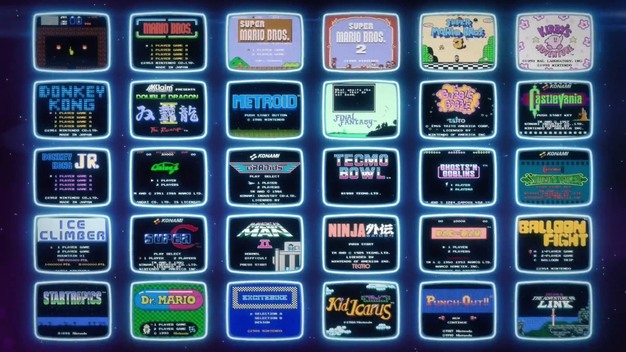
Source: IGN
We were once the elites of gaming culture. Our palate for games was the most refined and our thumbs the most dented from countless hours playing our lauded Nintendo experiences.
Today we sit closer to the margins, apologizing for Nintendo’s shortcomings, but secretly cheering on the sidelines for our favorite to make a welcome resurgence. And the trickle of Nintendo games that release with that old-school magic — Mario Galaxy, Pikmin 3, Mario Kart 8 — make it hard not to believe that a renaissance is on its way, perhaps if Nintendo revolutionized gaming like it once did.
The Nintendo Revolution
Although we are purists when it comes to sitting down with games that don the easy-to-understand but hard-to-master mantra, we also can’t let go of the old Nintendo because it provided us with many of the standards we enjoy today, both in terms of software and hardware.
As one of the very first handheld gaming consoles, the Nintendo Game Boy set the precedent for fun gaming experiences on the go. The Game Boy was so successful that it led to the development of multiple other handhelds with a similar namesake, and to this day Nintendo remains the king of the dedicated gaming handheld market. The Game Boy gave gamers the chance to play games from their favorite series, like Mario and Zelda, while away from home. And, of course, it’s with the Game Boy that we received our very first Pokémon title.
Much like what the monochrome handheld did for changing how we think about the venue for playing games, Super Mario 64 took us by the hand to acquaint us with changes to how games were designed. During the formative years of 3D gaming, Nintendo brought us Super Mario 64, an adventure that opened the Mario universe by allowing us access to cleverly-crafted levels accessed via paintings in Peach’s castle.
Though I can’t personally attest to the impact it left on the populous of gamers at the time, the Mario adventure is categorically known as one of the fathers of the 3D mascot-era platforming games. Just the main hub world provided enough freedom to get a sense of what a Mario game would feel like in an unshackled 3D space.
Aside from the awe of the technological feat, it was astonishing how Nintendo took the side-scrolling challenge of typical Mario titles and somehow delivered a three-dimensional experience that melded the platforming challenge and the complexity of exploring open environments all in one experience.
Moving away from the 3D revolution, we learn that Nintendo created and popularized some exciting functional gaming hardware that many likely take for granted today. I’m talking about the Rumble Pack that was introduced with Star Fox 64 and the cross-shaped D-pad that dates all the way back to the Game & Watch.
It’s hard to imagine modern gaming without rumble, and whenever it’s removed — as with the early days of Sony’s PlayStation 3 — fans demand it be put back. It has become a common little device that pervades most all gaming controllers, and that’s because it provides a palpable response of haptic feedback when it comes to experiences like racing on uneven surfaces, crashing into hard edges, and shooting weapons. Just that little bit of extra immersion makes all the difference.
As for the D-pad, Nintendo’s patented cross-shaped design is unmatched by its competitors. The undivided directional arrows provide input precision like no other pad of its kind, and is the reason for all the spotty thumbs of veteran Nintendo fans. I miss the days of mastering challenging areas of a Nintendo game, areas that leave satisfying perpendicular outlines on your fingers.
With these remarkable software and hardware introductions, it’s no arduous task to see why the lot of us old-school fans get excited about new Nintendo hardware. With the coming of a generation, follows an opportunity for the possibility of new standards to arise and software to flourish. Perhaps the next shift in hardware engineering is just around the bend. But hardware is merely a well-tailored suit for the software it plays.
The Familiar Faces
It seems that with all of it’s motion control, exponential control configurations, and hardware drawbacks, Nintendo has clouded some of its old ways. The Nintendo philosophy has always been to create software that will sell hardware, and, of course, that much is easy to establish when thinking of the likes of Mario, Zelda, Donkey Kong, and Metroid titles on consoles like the NES, N64, and GameCube.
But when it comes to the newer consoles like the Wii and Wii U, I struggle to find many examples of games that prove the worth of the hardware.
Take some of my favorites like the Mario Galaxy series or Pikmin 3: these games didn’t need motion control or a secondary controller. Mario Galaxy would have inspired gamers with its anti-gravity level design without the need for waggle to make Mario spin; likewise, Pikmin 3 didn’t necessarily need a map screen to make it the strategic hunt-and-gather real-time strategy game it is.
I think we can all agree that we just want the fun, unadulterated Nintendo games we used to get, and we want more of them. It is sometimes hard to prove the worth of a console if its distinct control methods make the gameplay more obtuse than it needs to be.
Though the Wii and the Wii U sport some heavyweight experiences, some of the company’s most beloved franchises seem to have been omitted, left by the wayside for years. Where is that clever puzzle-ridden open-world Metroid game we all want? What ever happened to the sports games like Mario Golf or Mario Strikers? Why wasn’t the competitive Battle Mode in Mario Kart 8? Will the Nintendo Switch finally satisfy the itch for a 3D Mario game akin to 64 and Sunshine, which don’t rely on a fixed camera?
Maybe you don’t agree with my franchise choices and my particular taste for Nintendo games, but the sentiment remains: many successful Nintendo games have been left out in the cold, or mistreated in ways that cause some to doubt the future of the franchises.
The Unscathed Place in Time
I hope a handful of these questions and disturbances are silenced with the coming of the Switch. After all, it’s very hard to let go of a bright past that brought us endless conversations with friends, new hardware and unmatched hardware design, and countless hours of fun.
But I’m constantly reminded that I’ve thought this way before about a Nintendo homecoming, in fact, anytime I think about the future Nintendo. It’s the promise of a Nintendo that takes us back to a time when one console is all we needed, a Nintendo that innovates in ways that don’t impede on the enjoyment of contemporary games, and a Nintendo that produces software in line with our stubborn purist tendencies.
Once again we return to the wistful ponderings that dress our thoughts with a past that may never be — It’s funny how nostalgia pushes us to expect the past out of the future.
We’ve obviously grown and our gaming tastes may have widened, but no matter how much the gaming industry has matured since we were young and in awe of the developing culture, I am confident that leagues of us do want to see the day that a unanimous, gamer-certified Nintendo exists. However, I’m just not sure that that Nintendo of yesterday, the Nintendo with the magic, has grown along with us.


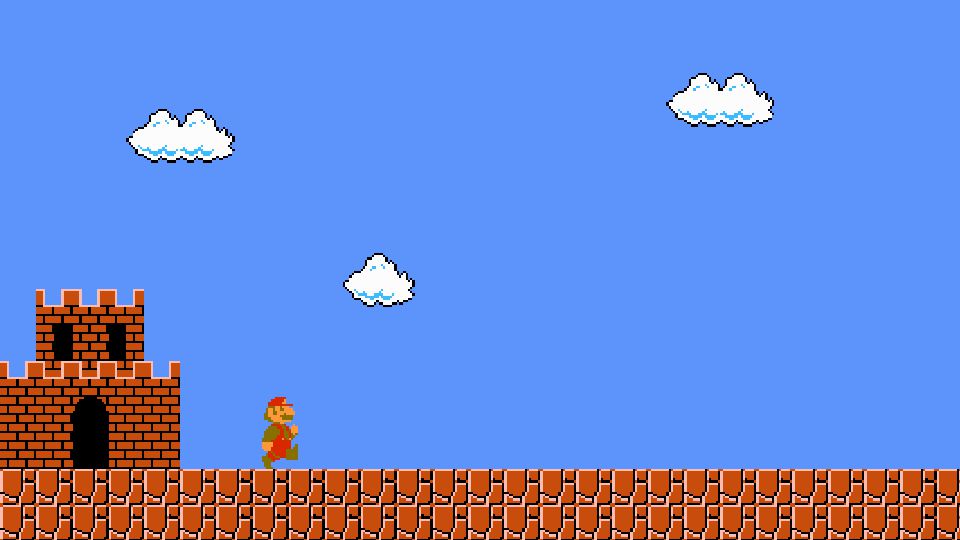
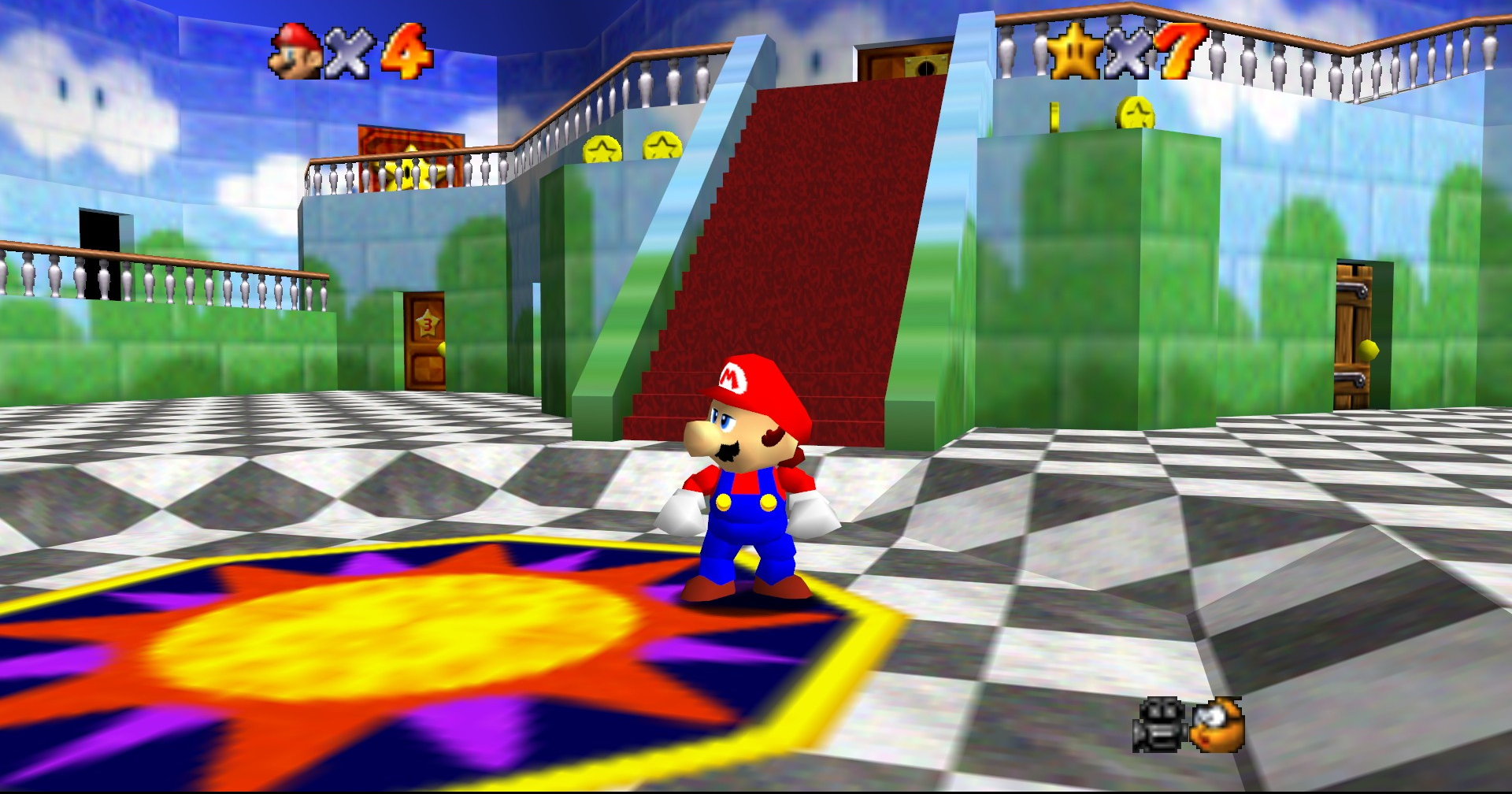
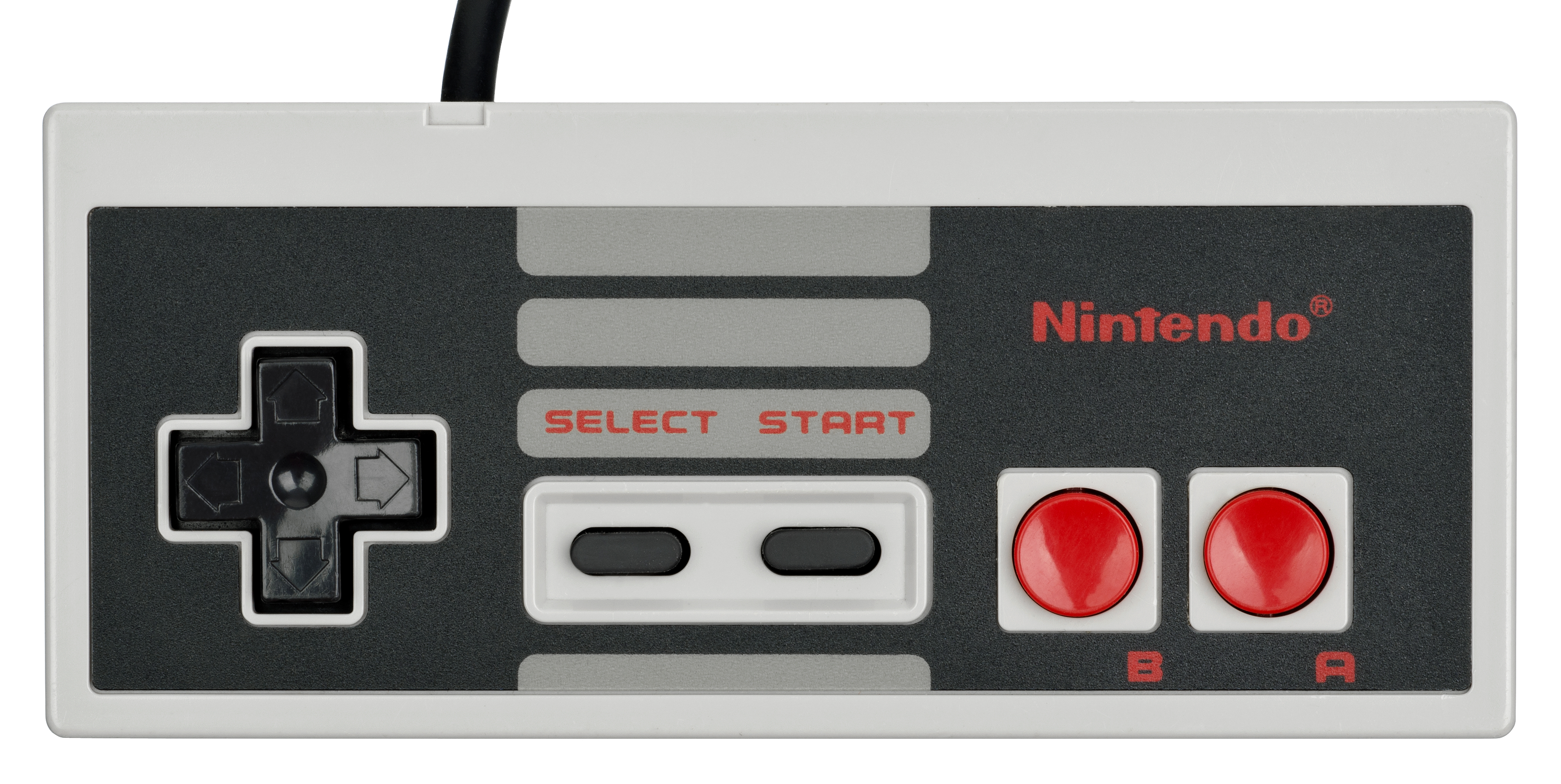
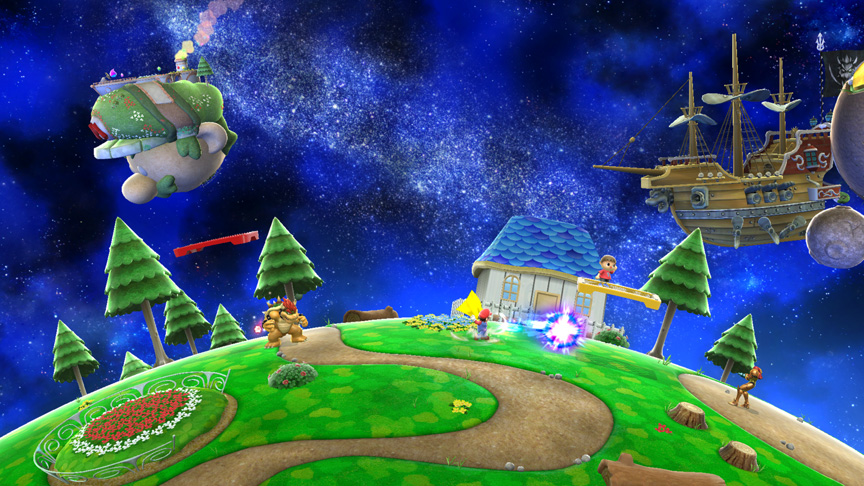





Published: Oct 27, 2016 12:04 pm